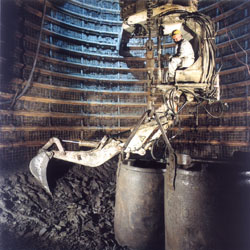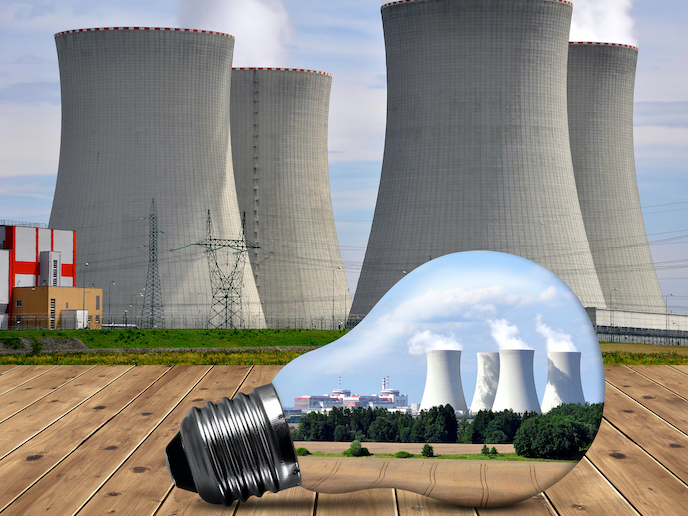Solutions to secure the excavation-disturbed zone
Nuclear power plants comprise an important component of the energy portfolio of several EU Member States. What remains undecided is where to safely store the radioactive waste produced by these plants. One idea gaining popularity is that of a geological repository built into clay deposits. One issue that must be addressed, however, is the increased risk of contamination via the excavation used to access the repository. The Belgian organisation Euridice coordinated a Euratom project to investigate the impact of the so-called excavation-disturbed zone (EDZ) on the performance of underground repositories. Building on previous research that identified the ideal borehole orientation, NAGRA and its SELFRAC partners drilled new boreholes at the Mont Terri research facility in Switzerland. Once filled with synthetic formation water, special equipment, such as dilatometers, was employed to measure transmissivity along the borehole wall. NAGRA demonstrated that transmissivity could be significantly reduced in the EDZ by boosting the dilatometer pressure to 5MPa. The result is that the capacity for fluid transfer along the axis of the borehole is reduced by several orders of magnitude. This substantially reduces the risk of radionuclides escaping and contaminating the surrounding environment.







